- EV battery prices are projected to drop nearly 50% by 2026.
- Technological advancements like “cell-to-pack” designs increase energy density and reduce costs.
- EVs are expected to reach cost parity with gasoline vehicles in 2026.
ADVERTISEMENT
Electric vehicles (EVs) are no longer a niche option. They are rapidly becoming the go-to choice for drivers across the globe. And a big part of this shift comes down to one thing: EV battery prices are plummeting.
A recent report from Goldman Sachs projects a nearly 50% drop in EV battery costs by 2026, with prices expected to fall from $149 per kWh in 2023 to just $80 per kWh. By 2030, that number could drop to $60 per kWh.
For context, a 100 kWh battery for a large SUV could cost as little as $6,000, while an 800 kWh battery for a semi-truck might run under $50,000.
Lower costs, combined with breakthroughs in energy density and smarter production methods, are driving EV adoption to levels once thought impossible. By 2026, EVs are expected to match gasoline cars in ownership costs, even without subsidies. This shift could open the floodgates to massive consumer interest, making EVs a practical choice for more drivers than ever before.
ADVERTISEMENT
A Sharp Decline in EV Battery Costs
EV battery prices have already seen a consistent decline, dropping from $153 per kilowatt-hour (kWh) in 2022 to $149 in 2023. According to Goldman Sachs Research, the global average is expected to hit $111 by the end of this year and plummet to $80/kWh by 2026.
Nikhil Bhandari, Co-Head of Goldman Sachs Research’s Asia-Pacific Natural Resources and Clean Energy division, points to two main drivers for this price drop: technological innovation and declining metal costs.
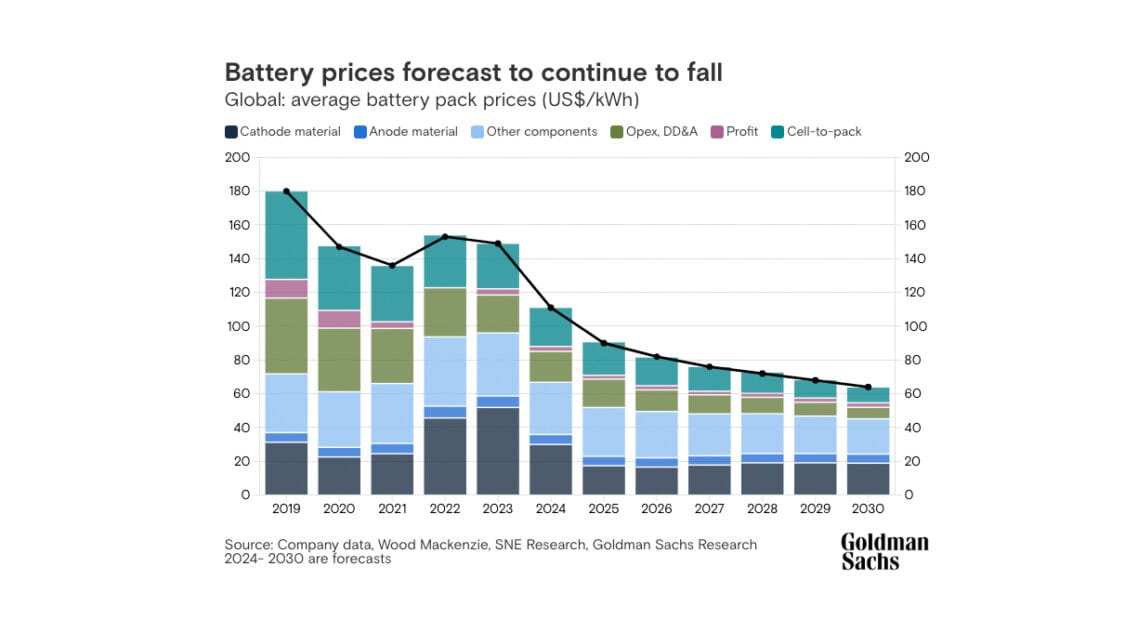
“One is technological innovation. We’re seeing multiple new battery products that have been launched that feature about 30% higher energy density and lower cost,” Bhandari explains. “The second driver is a continued downturn in battery metal prices. Nearly 60% of the cost of batteries is from metals like lithium and cobalt. Roughly over 40% of the decline is just coming from lower commodity costs.”
These cost drops are making EVs more affordable and appealing for everyday drivers like you. The gap between electric cars and gas-powered vehicles is closing fast, bringing a future where choosing electric feels as practical as it is exciting.
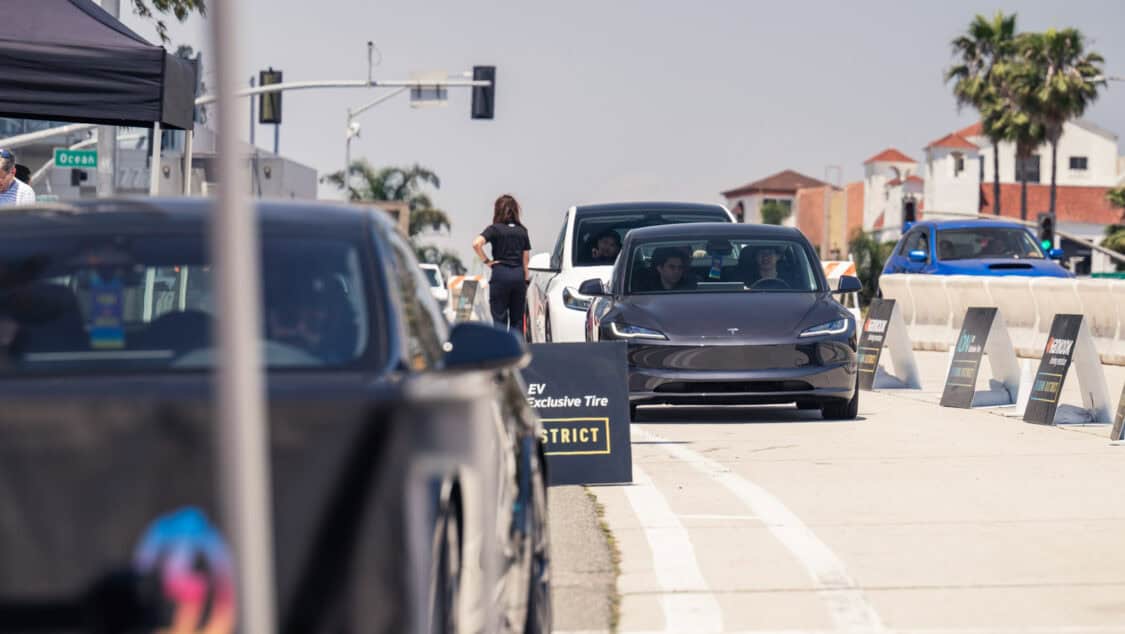
Smarter Tech for Longer Range and Lower Costs
EV battery technology is making incredible strides, and it’s changing how these vehicles perform and compete. One breakthrough is the move to a “cell-to-pack” design. This innovation removes the need for smaller modules inside the battery pack, and the result is simpler construction, greater energy storage, and lower production costs. It’s a smarter way to build batteries that benefits both manufacturers and drivers like you.
“The cells are getting bigger,” Bhandari adds. “You normally pack lots of cells into smaller modules and then lots of modules into a big battery pack. Now they’re trying to eliminate modules and directly doing cell-to-pack.”
This structural innovation allows for better energy storage within the same space, offering consumers EVs with longer ranges and improved performance.
ADVERTISEMENT
Lithium Batteries Dominate EV Market, LFP Set to Grow by 2025
Today, two types of lithium-based batteries dominate the EV market. Nickel-based batteries hold nearly 60% of the market, offering high energy density for long-range EVs. Meanwhile, lithium iron phosphate (LFP) batteries, which capture 35-40% of the market, are known for their durability and cost-effectiveness.
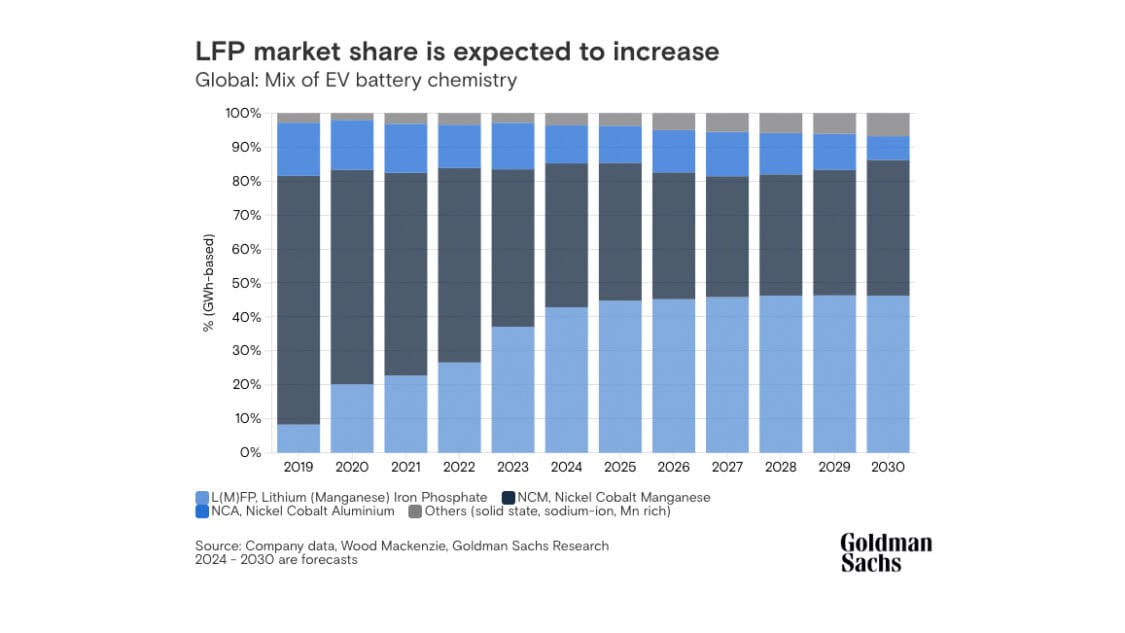
“Looking ahead, we’ve raised our expectation for LFP batteries to increase their market share from 41% to 45% by 2025,” Bhandari shares. “Advanced nickel batteries will continue to dominate the higher energy competition.”
Although solid-state batteries and sodium-ion technologies show potential, scaling up their production has proven challenging. For now, lithium-based chemistries remain the foundation of the EV battery market.
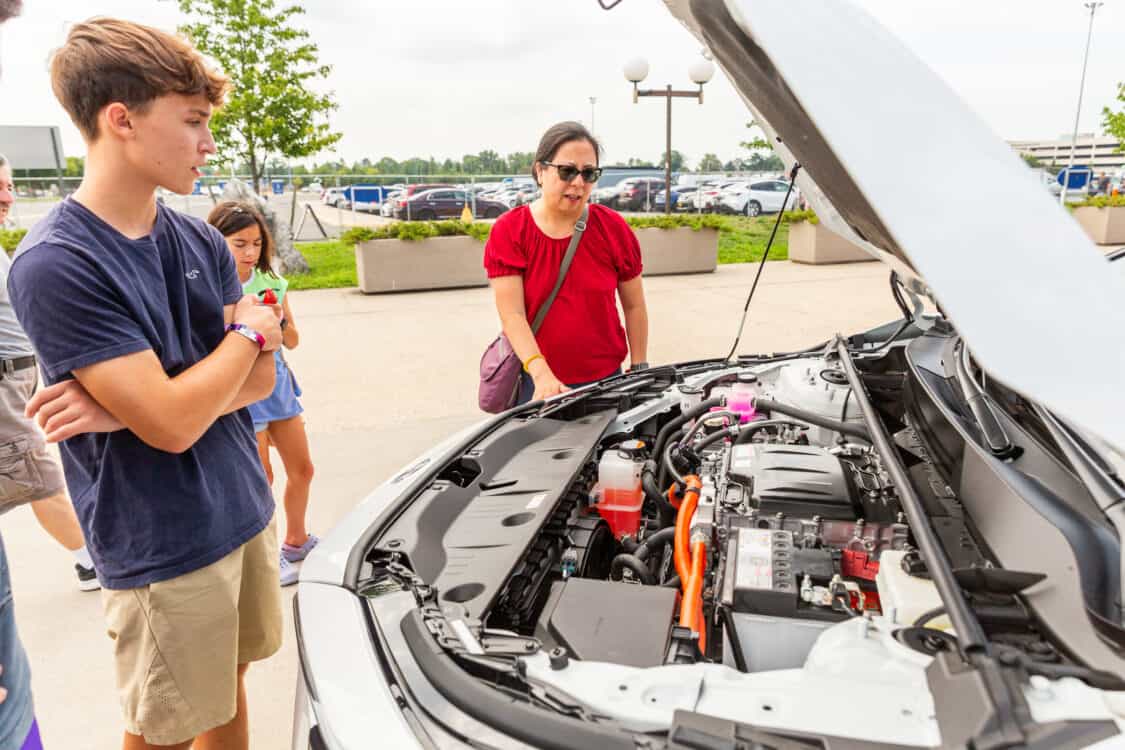
EVs Could Cost Less Than Gas Cars by 2026
As EV battery prices fall, the math for buying an electric car is starting to look much better for you. In the past, deciding to go electric meant weighing the upfront cost against how much you’d save on fuel over time.
That calculation is changing fast. With battery costs dropping and gas prices staying high, owning an EV could cost the same, or even less, than a gas-powered car as early as 2026.
“When we looked at price parity with ICE cars, we typically looked at the price premium a consumer will pay for an EV in terms of how long it will take to recover it through fuel cost savings,” Bhandari explains. “But given that we’re still expecting a rapid fall in battery prices, we believe that in markets such as the US, the total cost of ownership parity will still arrive starting in 2026.”
This economic shift is likely to fuel an explosion in demand as consumers move toward cleaner, more affordable options.
ADVERTISEMENT
EV Battery Giants Lead, But Demand Opens Doors for All
For major battery producers, the future looks bright but competitive. Established companies, many with over two decades of experience, dominate nearly 80% of the market. Their aggressive R&D investments are setting a high bar for new entrants. However, the anticipated surge in EV demand offers opportunities for all players in the market.
As EV adoption accelerates, questions around topics like EV battery recycling, EV battery replacement costs, and EV battery range will grow increasingly important. Ensuring that production remains sustainable while meeting surging demand will be critical.
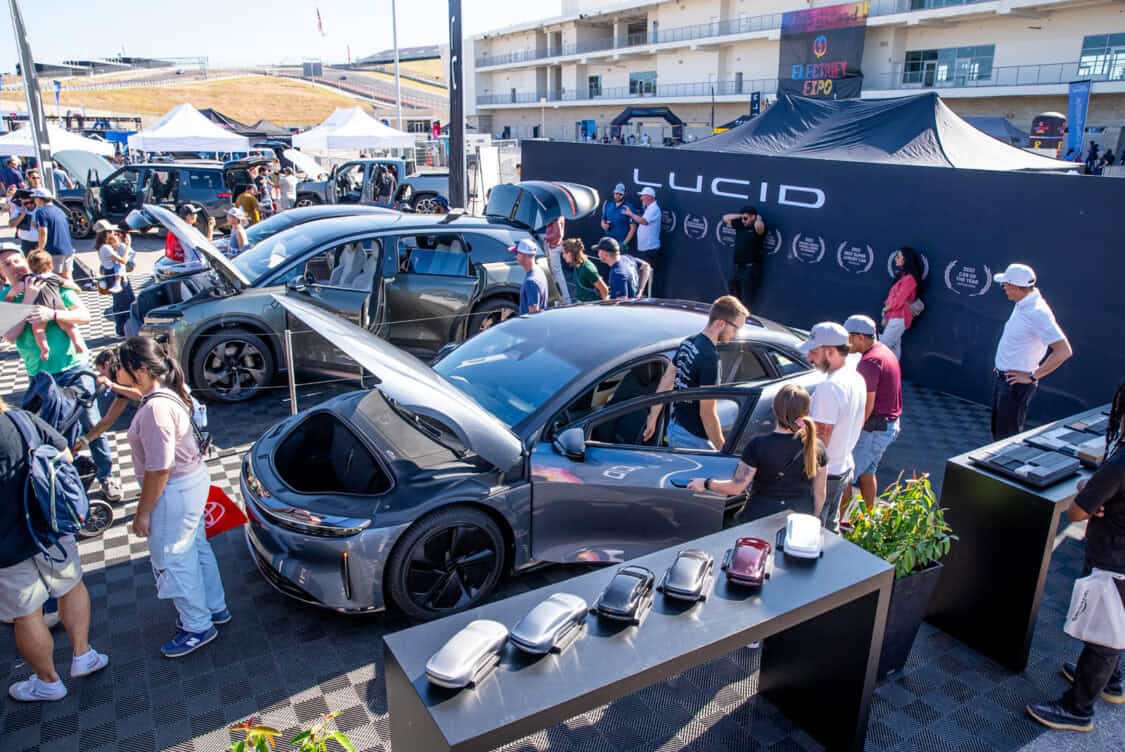
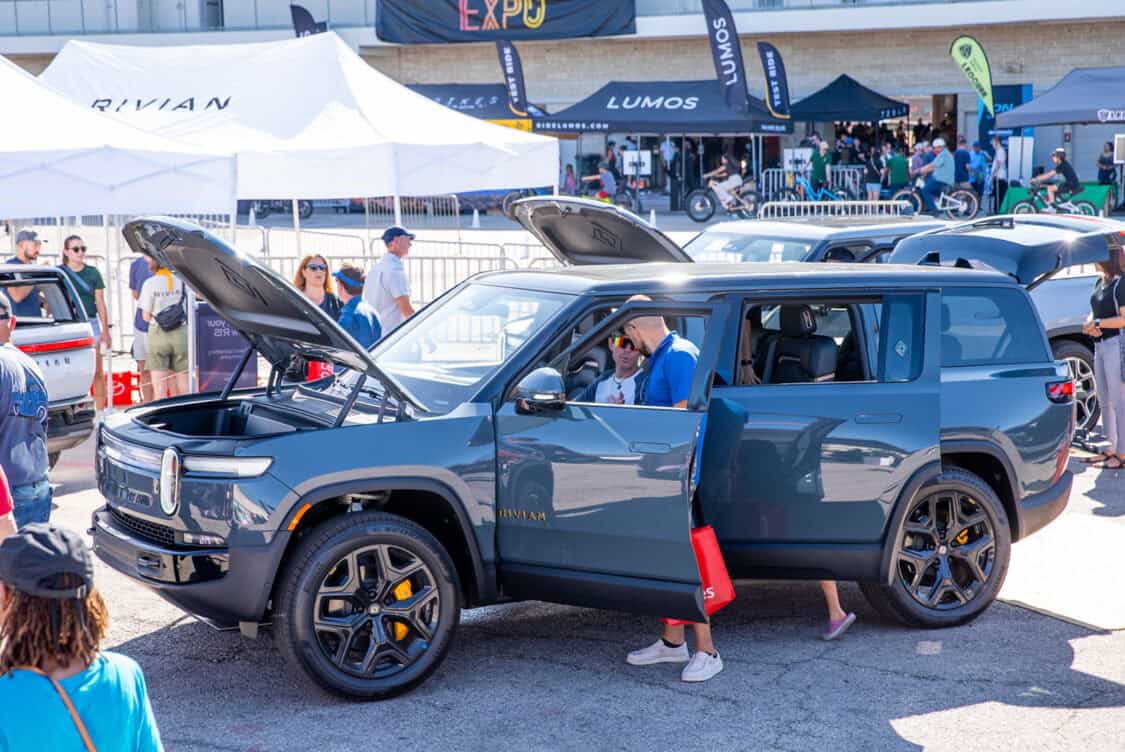

ADVERTISEMENT

SOURCE | IMAGES: GOLDMAN SACHS, ELECTRIFY EXPO
FTC: We use income-earning auto affiliate links. Learn more.


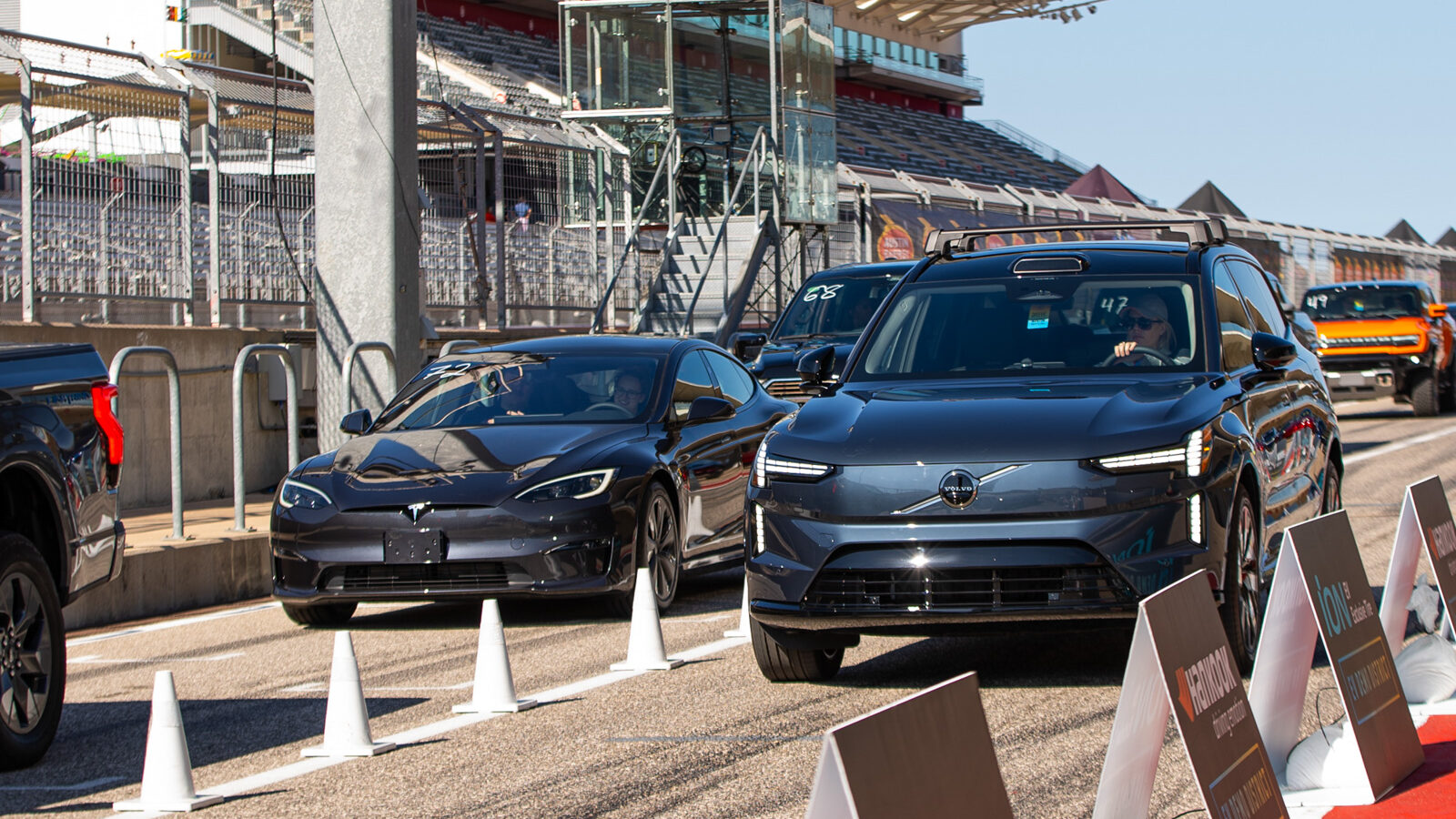
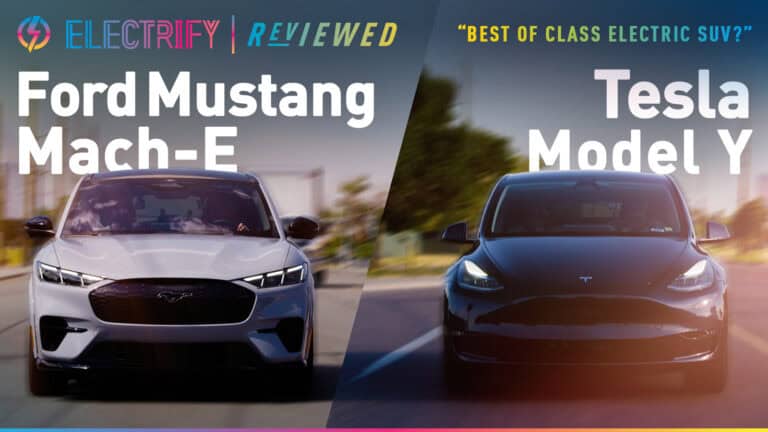
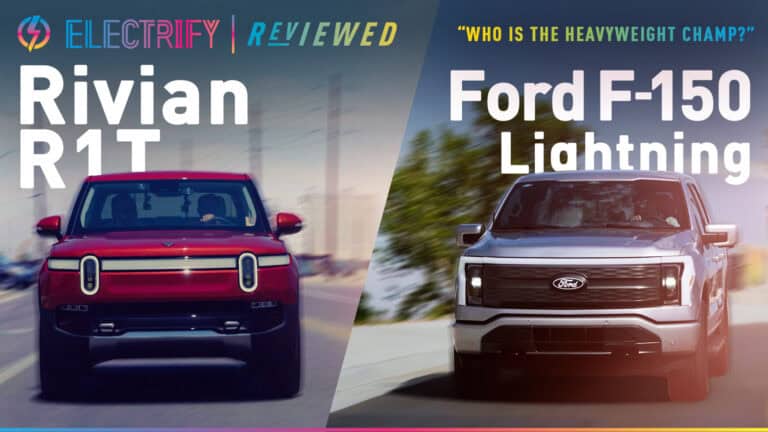
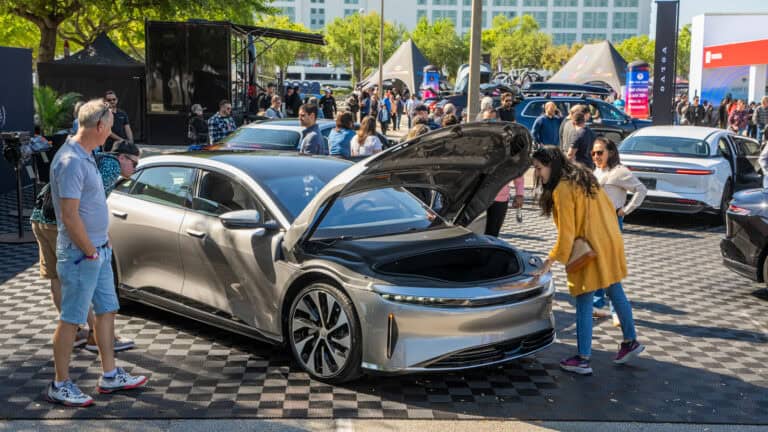

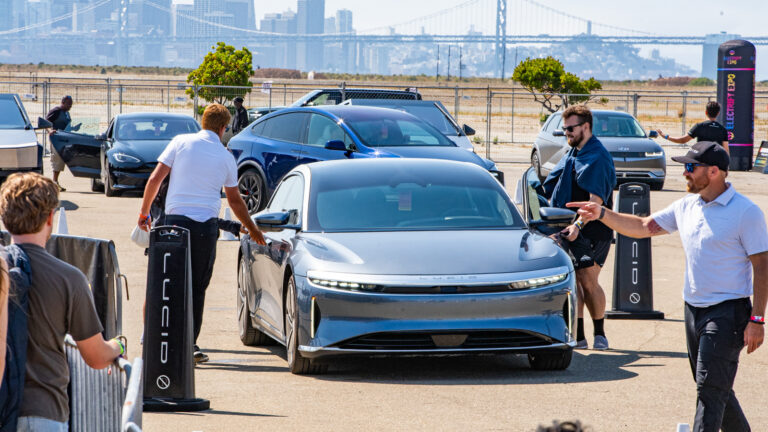
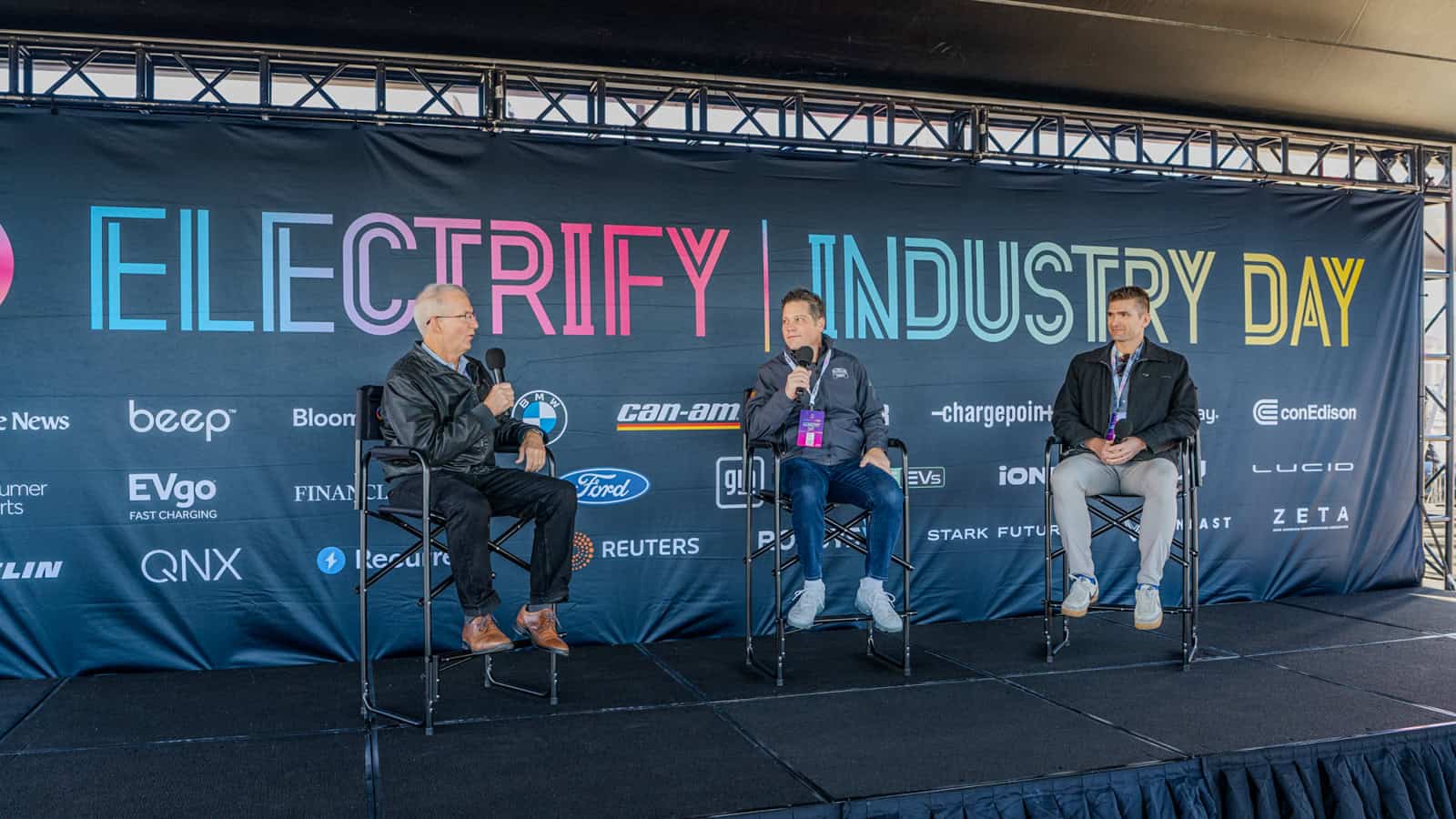
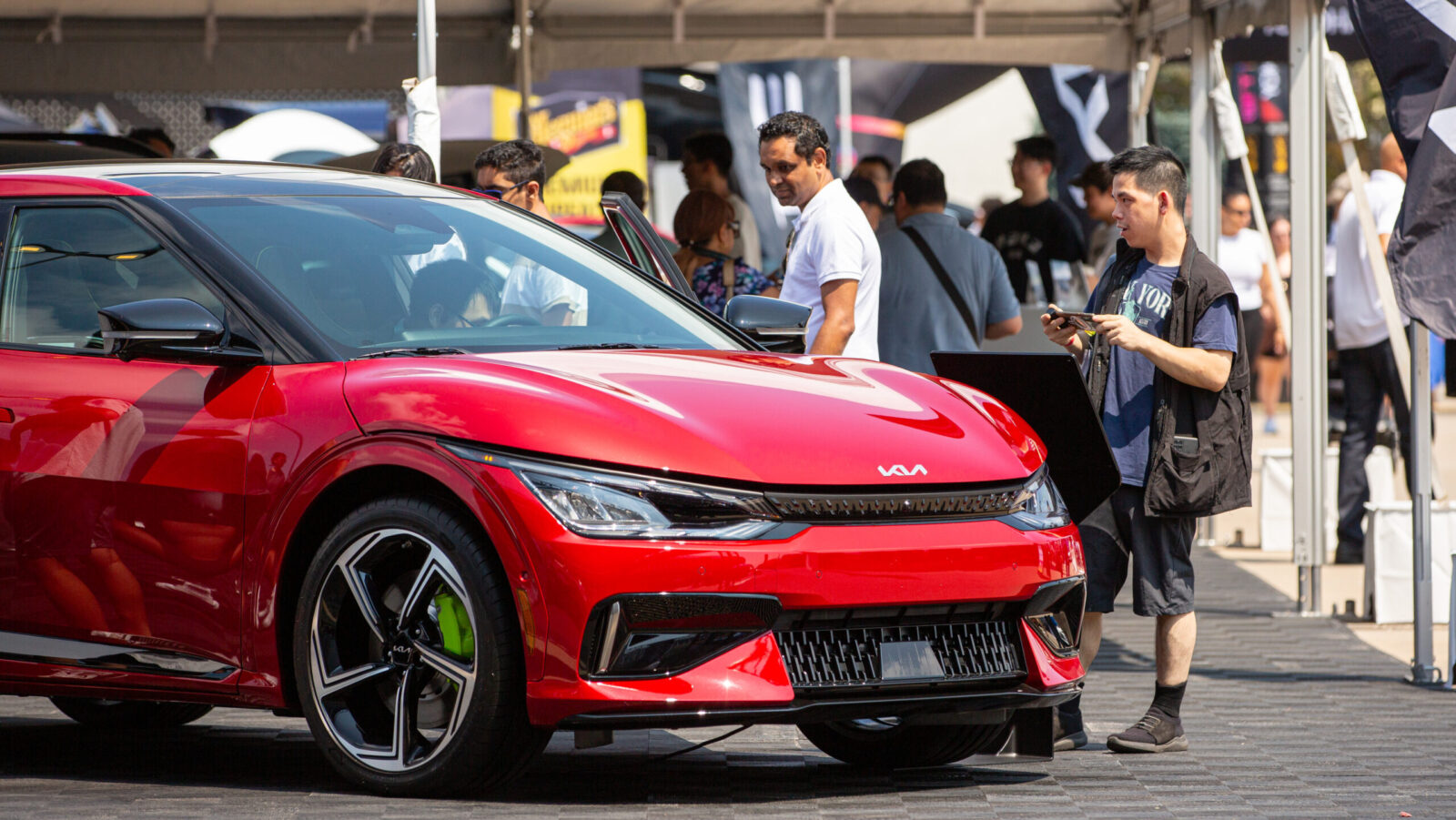
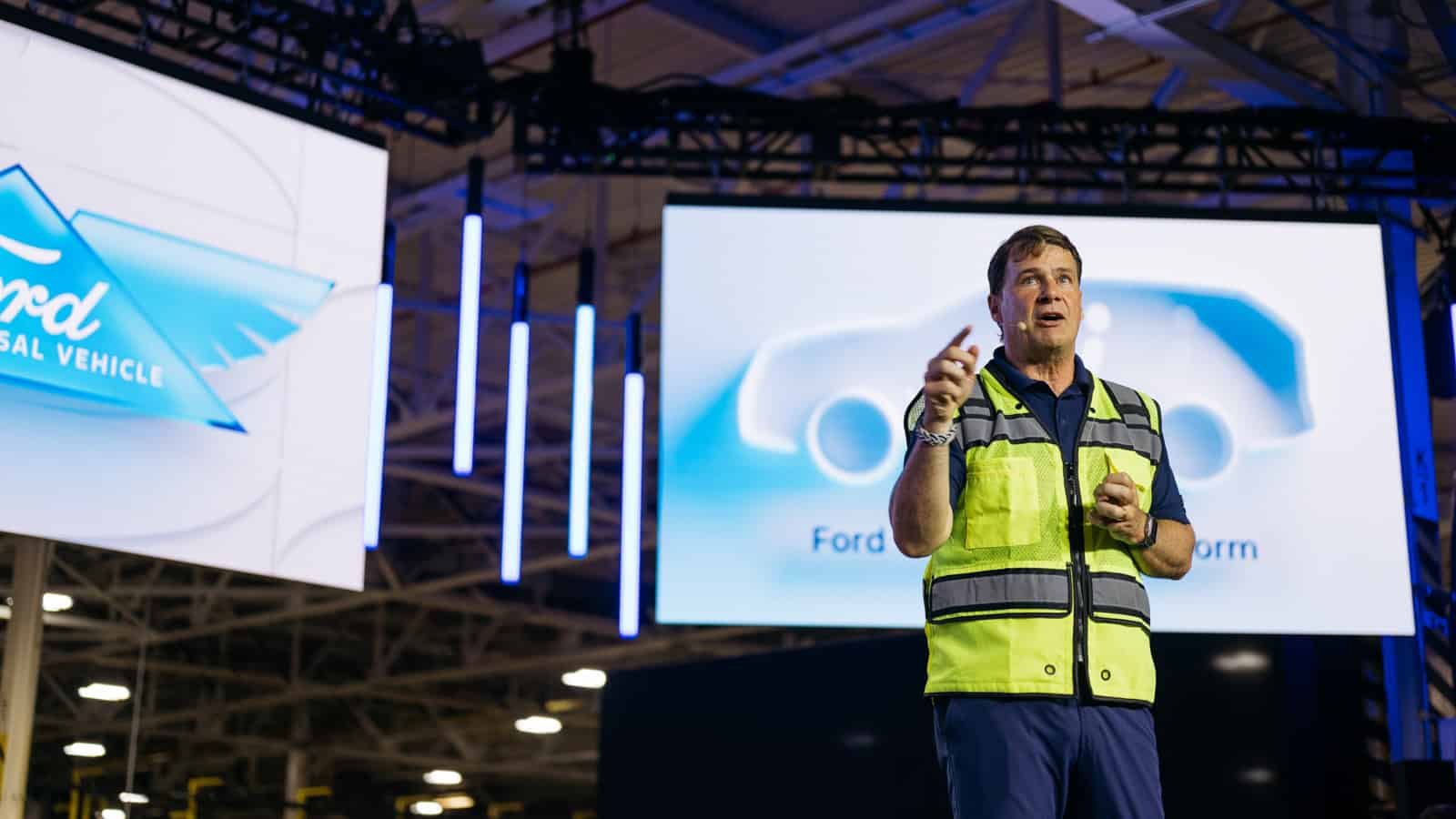
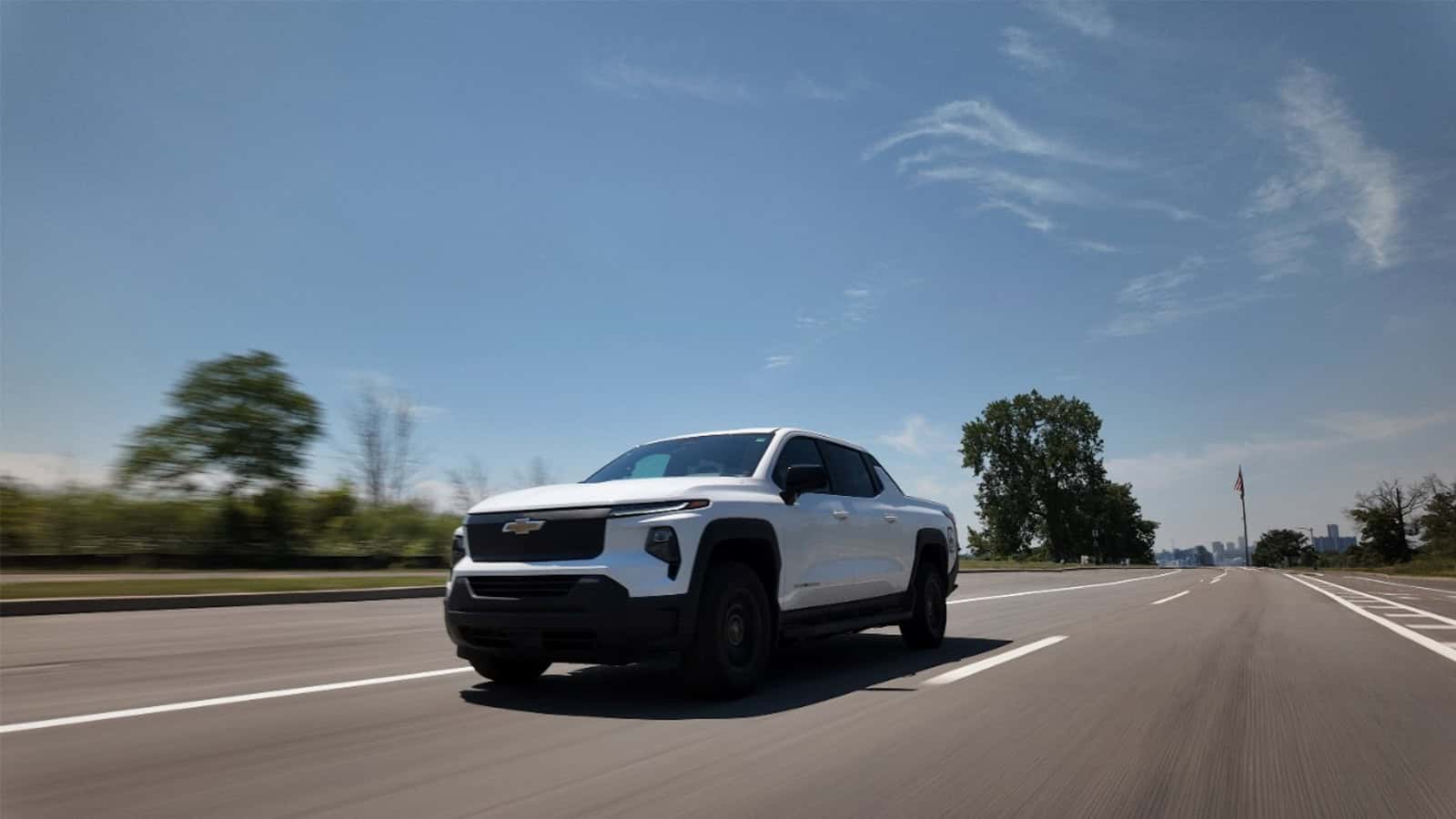
2 Responses
Your numbers are wrong. Actually your signs… my electric bicycle battery is 1000kwh. So according to your articles numbes my 8 pound bicycle battery could power 10 cars. You mistakenly used “kwh” when it is actually “kw”
An electric car will use a 100kw battery, a 100kwh battery wouldn’t even get the car out of the garage.
Thank you for your comment! To clarify, our use of “kWh” in the article for battery capacity is accurate. “My electric bicycle battery is 1000kwh” is highly unlikely. Most e-bikes are much smaller, typically ranging between 300 Wh (0.3 kWh) and 700 Wh (0.7 kWh). A 1000 kWh battery would weigh tons.